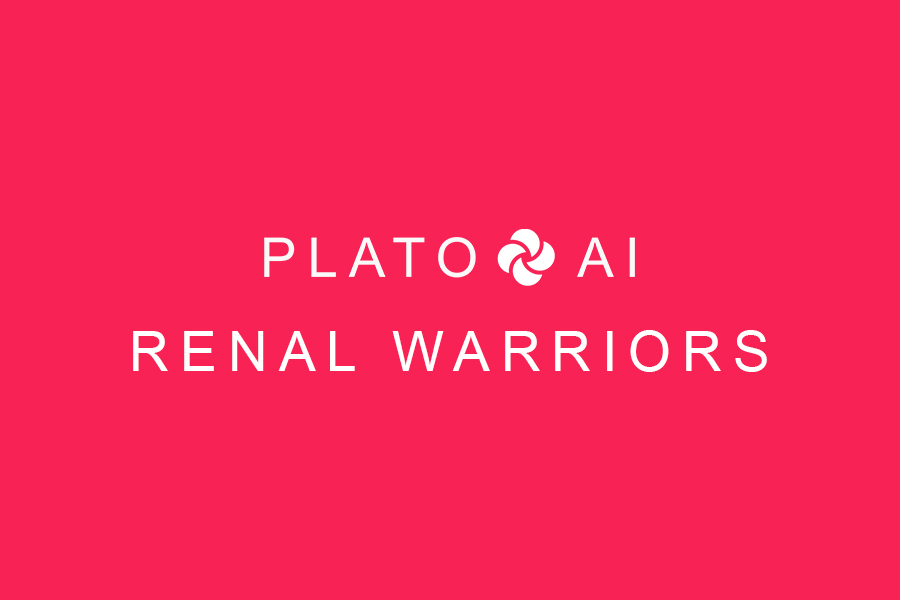Pulmonary hypertension is a serious and potentially life-threatening condition that affects the blood vessels in the lungs, causing high blood pressure in the pulmonary arteries. Early diagnosis and treatment are crucial in managing the disease and improving outcomes for patients. With advancements in technology, artificial intelligence (AI) has emerged as a promising tool for diagnosing pulmonary hypertension. However, like any new technology, there are both pros and cons to consider when utilizing AI for this purpose.
Pros of Utilizing AI for Diagnosing Pulmonary Hypertension:
1. Improved Accuracy: AI algorithms have the ability to analyze large amounts of data quickly and accurately, potentially leading to more precise and reliable diagnoses of pulmonary hypertension.
2. Early Detection: AI can help identify subtle patterns and changes in medical imaging scans that may not be easily detectable by human eyes, allowing for earlier detection of pulmonary hypertension and prompt initiation of treatment.
3. Efficiency: AI can streamline the diagnostic process by automating tasks such as image analysis and data interpretation, saving time for healthcare providers and improving workflow in busy clinical settings.
4. Personalized Medicine: AI has the potential to analyze individual patient data and tailor treatment plans based on specific characteristics and risk factors, leading to more personalized and effective care for patients with pulmonary hypertension.
Cons of Utilizing AI for Diagnosing Pulmonary Hypertension:
1. Lack of Human Oversight: While AI algorithms can analyze data efficiently, they may lack the human touch and clinical judgment that healthcare providers bring to the diagnostic process. This could potentially lead to errors or misinterpretations of results.
2. Data Privacy Concerns: AI relies on vast amounts of patient data to train algorithms and improve accuracy. There are concerns about data privacy and security, as well as the potential for bias in AI algorithms if not properly monitored and regulated.
3. Cost: Implementing AI technology in healthcare settings can be expensive, requiring investment in infrastructure, training, and ongoing maintenance. This cost may be a barrier for some healthcare facilities looking to adopt AI for diagnosing pulmonary hypertension.
4. Limited Availability: Not all healthcare facilities may have access to AI technology or the expertise to effectively implement and utilize it for diagnosing pulmonary hypertension. This could lead to disparities in care and access to advanced diagnostic tools.
In conclusion, while AI shows promise in improving the accuracy, efficiency, and personalized care for diagnosing pulmonary hypertension, there are also potential drawbacks that need to be considered. Healthcare providers should weigh the pros and cons carefully when deciding whether to incorporate AI into their diagnostic practices, ensuring that patient safety, data privacy, and cost-effectiveness are prioritized in the process. Collaborative efforts between healthcare professionals, researchers, and technology experts will be essential in harnessing the full potential of AI for diagnosing pulmonary hypertension and improving patient outcomes.
- The Renal Warrior Project. Join Now
- Source: Plato Data Intelligence.
- Source: https://renal.platohealth.ai/the-potential-benefits-and-challenges-of-using-artificial-intelligence-for-diagnosing-pulmonary-hypertension/

